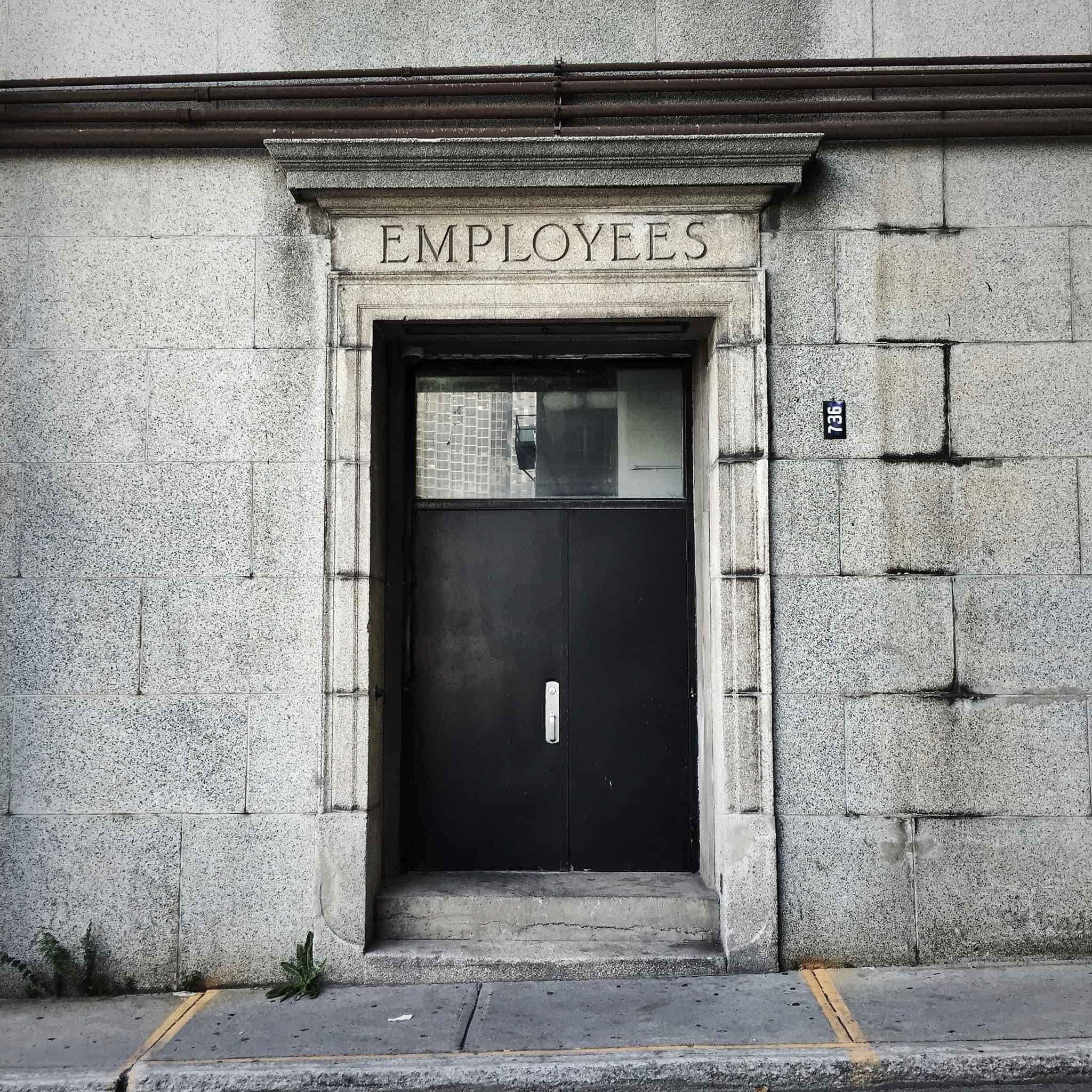
The trustees are affectively the shareholders, responsible for holding the board to account and representing the interests of the employees as indirect owners. Furthermore, the owner will only relinquish control if they feel the company is in good hands (as outlined in Part 1 of this article).
Given all this, ensuring the trustees have a clear brief is crucial.
The trustees should focus on three particular areas:
- The flag
Many businesses were set up for a particular reason. Founders are often people who have a deep passion for what their business does, indeed one of the reasons they may have chosen the EOT is because they want the business to continue serving that purpose.
They are not, however, always the best at explaining what that purpose is.
Very early in the Eternal Business Programme we get owners to write out their business purpose. We call this the flag, as in a flag in the ground around which everyone gathers, or at the front of the marching band that everyone follows.
If this flag is: explicit; communicated; understood; and applied within the business; only then will an owner feel able to give up control, as they can see that the purpose of the business will continue beyond them.
They can leave a legacy.
The trustees need to understand that one of their responsibilities as owners of the business is to ensure that the flag continues to be upheld. If an owner sees that the business is not going to suddenly be taken in a different direction, but will stick to the values and principles so important to them, then they are more likely to leave the trustees to do their job.
- Training
Many employees have never been in a meeting before.
As employee trustee, they are now being expected to hold the Board to account – a Board which may well include the former owner.
They almost certainly will not have been a trustee before. It is therefore essential that employees receive training and what being a trustee of an EOT entails.
The Eternal Business runs training courses for employee trustees, do get in touch if you would be interested in a future event.
- Choosing the employee trustee
The employee trustee should represent the employees. It therefore makes sense that they are chosen by the employees.
For this reason it is best that the employee trustee is not someone chosen by the former owner. The potential for employees to not fully trust that they would be representing their interests should be obvious.
It is also important, however, that the employee trustee isn’t simply the person that puts their hand up. Billy Connolly once said that anyone who expresses an interest in being a politician should be banned from being one.
The employee voice should be inclusive, and that means introverts need to be heard, not just those with the loudest voice.
Guidance for Trustees
The role of the trustees is to represent the employees on ownership issues. It is therefore important that the employer trustee is not seen as a shop steward.
The trustee’s discussions should be around ownership matters, not terms and conditions or working practices. Employees views should be heard through the usual internal channels for such issues.
At the same time as receiving guidance on the employees wishes, the trustees may also appreciate guidance as to what they are going to hold the board to account for. Two documents can be particularly helpful here, in addition to the flag.
A business plan, setting out the strategy for the business, will allow the trustees to see whether the board is operating effectively, and achieving its aims.
A document outlining the founders wishes will also provide the trustees with an understanding of what the business should look like.
In the Eternal Business Programme, owners complete a core proposition document, which looks at these the values and behaviours that the owner feels to be so important to the business.
Setting these down on paper allows owners to feel that they can let go. By giving such clear guidance to the trustees, owners can trust that the business will continue in the future in accordance with its core values.
Conclusion
The role of the trustees is a crucial one in enabling the owner to feel that they can let go – an essential precursor to the employees wanting to ‘step up’.
In a chicken and egg situation such as this, it’s best if one party makes the first move – and it should be the owners in finding clarity over the structure of the trustees.







